I have 6 dataframes like the one below, only differing in "count" values. The dataframes are named a1,a2,a3,a4,a5,a6. a1 is given below.
year count
1981 2
1982 8
1983 5
1984 6
1985 6
1986 4
1987 2
1988 2
1989 6
1990 5
I want to make a 6 panel figure like the one below where I have
1. Panel names as a1,a2,a3,a4,a5,a6.
2. x-axis is year for each dataframe
3. y-axis is count for each dataframe
I know how to do this if I had a single dataframe (Melt+Faced_Grid). But how can I do the same in ggplott2 when the data is in 6 different dataframes.
